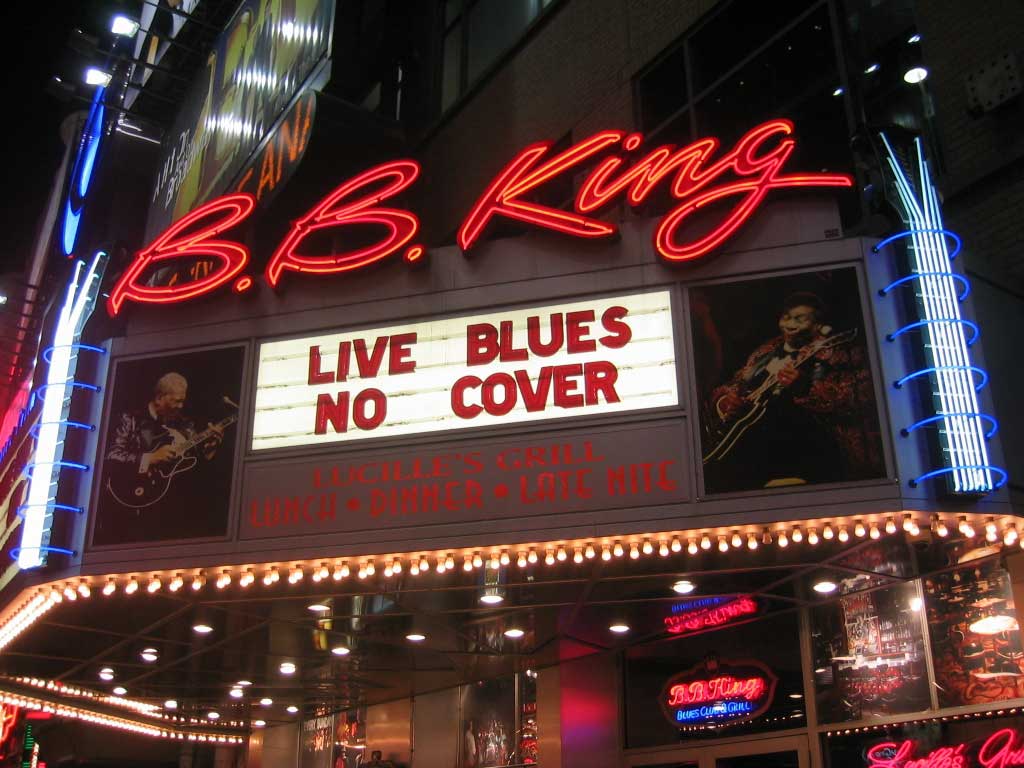The blues is a genre of music that has deep roots in American culture, particularly in the South. It is speculated that the term may have come from the term “blue devils”, meaning melancholy and sadness. While the blues often deal with personal adversity and sadness, the genre isn’t limited to melancholy lyrics.
Unfortunately, the exact origins of the blues are disputed and unknown due to very poor documentation and racial discrimination in the U.S. at the time. Many people claim that the blues originated sometime around 1890. It is said that the genre evolved from traditional African music comprised of work songs, field hollers, shouts, chants, and simple narrative ballads. Early blues songs were sung by slaves, ex-slaves, and their descendants. The blues form is characterized by a call-and-response pattern. Early blues musicians would sing a line and their guitar would answer.
In 1908, Antonio Maggio published the first blues sheet music titled “I got the blues.” This was the first published song to use the word “blues”. In 1912, W.C. Handy also known as the “Father of the Blues” helped raise the public profile of the blues when he became one of the first people to transcribe and publish sheet music for a blues song—”Memphis Blues.” The first blues recording by an African American singer was Mamie Smith‘s 1920 rendition of Perry Bradford‘s “Crazy Blues.”
As a large number of African Americans left the South between 1910 and the 1960s, the blues spread with them and took root in different regions. Like other genres of music, Blues encompasses many sub-genres and regional variations. Some of the popular variations of blues include:
Mississippi Delta Blues– One of the earliest styles of blues music. The Delta blues originated in the Mississippi Delta, a region of the U.S. that stretches from Memphis, Tennessee in the north to Vicksburg, Mississippi in the south, Helena, Arkansas in the west to the Yazoo River on the east.
Delta blues instruments include the guitar, harmonica, and cigar-box guitar. Playing slide guitar on the steel guitar is widely considered to be the hallmark of this style of blues.
Notable musicians: John Lee Hooker, Robert Johnson, Mississippi Fred McDowell, Memphis Minnie, Big Joe Williams, and Son House.
Chicago Blues– A type of urban blues that evolved from classic blues as a result of the great depression and Great Migration when African American workers moved from the Southern U.S. into the industrial cities of the Northern U.S. such as Chicago.
Chicago Blues instruments include the electric guitar, harmonica, drums, piano, bass guitar, and saxophone. The sound of the electric guitar distinguishes this style of blues from the classic and delta blues.
Notable musicians: Muddy Waters, Buddy Guy, Howlin’ Wolf, Willie Dixon, Ma Rainey, and Little Walter.
Country Blues– Also known as the folk blues, this style of blues is acoustic and mainly guitar-driven, mixing elements of blues and folk music together.
Country Blues instruments include the guitar and harmonica.
Notable musicians: Mississippi John Hurt, John Hammond, Skip James, and Bukka White.

This is just a small example of the many subgenres of the blues. Nowadays the blues is played everywhere and can be listened to live at many music venues and festivals. Check out some blues music in your area!



